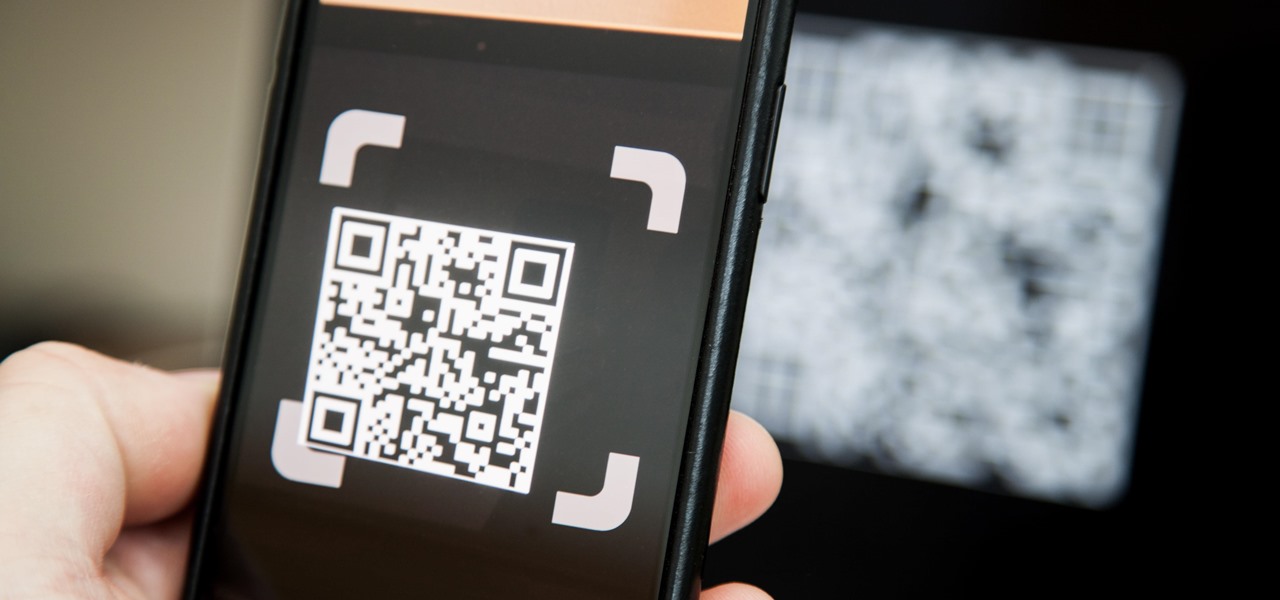How to make a qr code?
You have probably seen them on posters, flyers, magazines, or even product labels. They are those square-shaped black and white patterns that look like a pixelated maze. They are called QR codes, and they are a type of two-dimensional barcode that can store various kinds of information. But what exactly is a QR code, how does it work, and what are its advantages and disadvantages? In this blog post, we will answer these questions and more.
What is a QR Code and How Does it Work?
QR code stands for Quick Response code, and it was invented in 1994 by a Japanese company called Denso Wave, which is a subsidiary of Toyota. The original purpose of QR codes was to track parts in vehicle manufacturing, but they soon became popular for other applications, such as commercial tracking, product marketing, entertainment, and mobile payments

A QR code is composed of a square grid of black and white modules, or dots, that encode information in both horizontal and vertical directions. The information can be text, numbers, URLs, or other data types. A QR code also has three square marks in the corners, called position detection patterns, that help the scanner to locate and orient the code. Additionally, a QR code has smaller squares along the edges, called alignment patterns, that help to correct distortions caused by perspective or curvature
To read a QR code, you need a device that has a camera and a QR code scanner app. The app uses the camera to capture the image of the QR code and then processes it using an algorithm that decodes the information. The app then performs the corresponding action, such as opening a website, adding a contact, sending a message, or making a payment

What are the Advantages and Disadvantages of QR Codes?
QR codes have many advantages and disadvantages, depending on how they are used and by whom. Here are some of the main pros and cons of QR codes:
Advantages of QR Codes
- Storage capacity: A QR code can store up to 4,296 alphanumeric characters or 7,089 numeric digits, which is much more than a traditional barcode that can only store up to 20 characters. This means that a QR code can contain more information in a smaller space
- Adaptable: A QR code can be used for various purposes, such as linking to websites, social media, videos, images, PDFs, MP3s, and more. It can also be used to create QR code business cards, QR code coupons, QR code tickets, and QR code payments. A QR code can be printed on any material, such as paper, plastic, metal, or fabric, and can be customized with colors, logos, or shapes
- Easy to generate: A QR code can be easily generated using online tools or apps that allow you to create and design your own QR code for free or for a fee. You can also scan and copy existing QR codes and modify them according to your needs
- Cost-effective: A QR code does not require any special equipment or maintenance, unlike other technologies such as NFC or RFID. A QR code can be scanned using any smartphone or tablet that has a camera and a QR code scanner app, which are widely available and affordable. A QR code can also be printed using any printer or copier, which reduces the printing costs
- Engaging with consumers: A QR code can be used to enhance the interaction and communication between businesses and consumers. A QR code can provide consumers with more information, entertainment, or incentives, such as product details, reviews, videos, games, discounts, or rewards. A QR code can also collect feedback, data, or opinions from consumers, such as surveys, polls, or ratings. A QR code can also increase the brand awareness and loyalty of consumers, by linking to social media, websites, or blogs
- Tracking: A QR code can be used to track and measure the performance and effectiveness of marketing campaigns, products, or services. A QR code can provide data such as the number of scans, the location of scans, the time of scans, the device of scans, and the actions of scans. This data can help businesses to analyze and improve their strategies, target their audience, and optimize their results

Disadvantages of QR Codes
- Lack of awareness: A QR code may not be recognized or understood by some consumers, especially those who are not familiar with the technology or do not have a smartphone or a QR code scanner app. Some consumers may not know how to scan a QR code, what it does, or why they should scan it. Some consumers may also be reluctant or suspicious to scan a QR code, due to privacy or security concerns
- Lack of accessibility: A QR code may not be accessible or convenient for some consumers, depending on the location, environment, or situation. For example, a QR code may not be visible or readable in low light, bad weather, or crowded places. A QR code may also be damaged, dirty, or obscured by other objects, which can affect its readability. A QR code may also require an internet connection, which may not be available or reliable in some areas
- Lack of compatibility: A QR code may not be compatible or consistent with some devices, apps, or platforms, which can cause errors or failures. For example, a QR code may not be scanned properly by some cameras, due to the resolution, focus, or angle. A QR code may also not be supported or recognized by some QR code scanner apps, due to the format, version, or standard. A QR code may also not be displayed or executed correctly by some browsers, websites, or systems, due to the content, size, or design
- Lack of creativity: A QR code may not be attractive or appealing to some consumers, especially if it is plain, boring, or generic. A QR code may also not be relevant or useful to some consumers, especially if it does not provide any value, benefit, or incentive. A QR code may also not be engaging or interactive enough for some consumers, especially if it does not offer any feedback, personalization, or gamification
- Lack of security: A QR code may not be secure or trustworthy for some consumers, especially if it is not verified, encrypted, or protected. A QR code may also be malicious or fraudulent, especially if it is created or modified by hackers, scammers, or spammers. A QR code may also be harmful or dangerous, especially if it links to viruses, malware, phishing, or spam. A QR code may also expose or compromise the personal or financial information of consumers, especially if it is not encrypted, authenticated, or authorized.
Conclusion
A QR code is a powerful and versatile tool that can store and transmit various kinds of information in a fast and easy way. A QR code has many advantages and disadvantages, depending on how it is used and by whom. A QR code can be beneficial for businesses and consumers, as long as it is designed, generated, scanned, and used properly and safely. A QR code can also be fun and creative, as long as it is customized, personalized, and optimized for the best user experience. A QR code can be a great way to connect the offline and online world, as long as it is relevant, useful, and valuable for the target audience.





